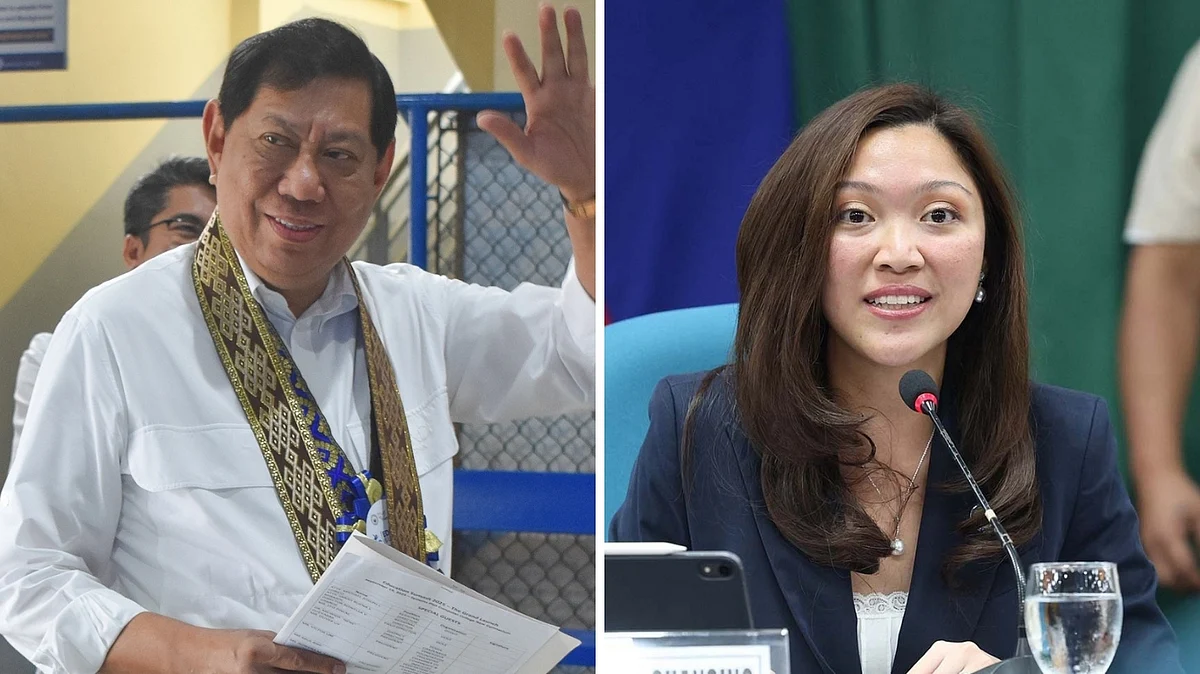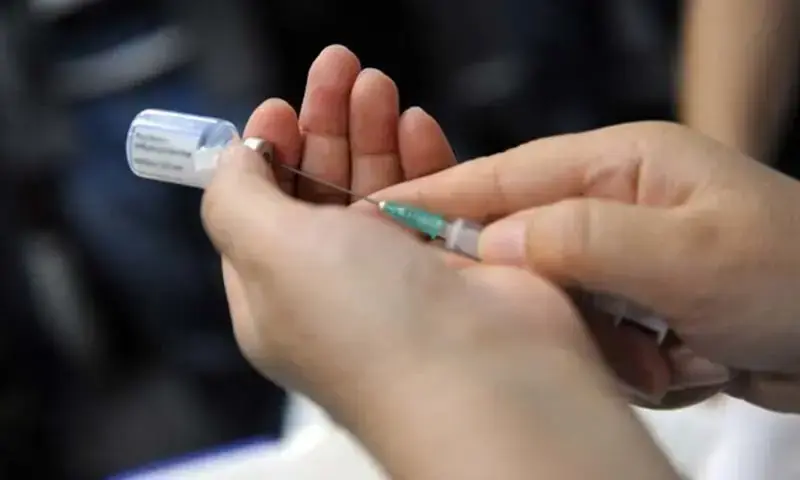By Edjen Oliquino
Copyright tribune

House lawmakers have clashed over whether to grant the P32 billion in an additional budget request of the Department of Social Welfare and Development (DSWD) for its “ayuda” program, Assistance to Individuals in Crisis Situations (AICS), under the 2026 proposed budget.The DSWD initially requested P44.4 billion in AICS funding for next year, but only P27 billion was approved under the National Expenditure Program.DSWD Secretary Rex Gatchalian earlier told the House committee on appropriations to reconsider the funding of the AICS, saying that approximately seven million families risk losing assistance due to the budget cut for the program and zero funding for the once-controversial Ayuda sa Kapos ang Kita Program (AKAP).The AICS provides financial assistance for transportation, medical expenses, burial, food, and other essential support to individuals and families in crisis. The AKAP, meanwhile, offers one-time cash aid ranging from P3,000 to P5,000 to “near poor” households with total earnings of less than the minimum wage.Committee Chair Mikaela Suansing said the DSWD requested an augmentation to the AICS allocation from P27 billion to P37 billion, but the budget amendments review subcommittee (BARSC) could only approve P32.063 billion.The funding, which would bring the AICS allocation to P59 billion, would be sourced from the reallocation of the P255-billion trimmed budget of the Department of Public Works and Highways for flood control projects.Senior Deputy Minority Leader Edgar Erice opposed the extra funds for the AICS, questioning the absorptive capacity of the DSWD in effectively implementing the program.Erice contended that due to the number of AICS beneficiaries reaching the millions, the DSWD could not distribute the assistance efficiently, resulting in a lack of pre-qualification, which would result in an improper distribution of government resources.He argued that the lack of strict monitoring creates loopholes that politicians and barangay officials exploit.“They are severely lacking in social welfare personnel and cashiers, and it ends up that politicians take over the distribution. They can no longer monitor it, [which is why] the funds [intended for the beneficiaries] are being cut and divided among barangay officials. How can the number of DSWD personnel accommodate 3,000, 2,000 AICS recipients a day?” Erice asked in Filipino.DuplicationSuansing, in response, expressed confidence the DSWD can efficiently enforce the payouts, as evidenced by the high utilization rate of the AICS, which ranged from 97 to 99 percent in 2024.Critics and budget watchdogs have argued that the AICS is merely a duplication of other “ayuda” programs under the DSWD, particularly AKAP, with some claiming that these have become the new face of the pork barrel.However, panel vice chair JC Rahman Nava, the DSWD’s budget sponsor, maintained the AICS was more stringent than the AKAP in terms of rules and requirements.“AICS deals more with medical, burial, and educational [services], unlike AKAP, which has fewer requirements. That’s the very reason why AKAP was eliminated from the proposal and AICS was put in place,” Nava told the subpanel.But Erice argued that the only distinction between the two social programs was the certification —indigency for AICS and low income for AKAP — which is issued by the same barangay officials.ACT Teachers Rep. Antonio Tinio, also a minority member, strongly objected to the massive extra budget for the AICS.He said the agency should pour the supplemental funding into sustainable livelihood projects, which provide long-term benefits, rather than allocating it to social aid programs, which only promote dependence.Aside from AICS, the DSWD also requested additional funding for its other programs, including, among others, the sustainable livelihood project, psychological support for adolescent mothers, aid for children’s health and education, and the establishment of five regional Bahay Pag-Asa, which house children in conflict with the law while undergoing rehabilitation.The BARSC approved the entire funding request for Bahay Pag-Asa, totaling P275 million, while it only gave P3 billion for the sustainable livelihood project, which had the largest request of P17.981 billion.The supplemental funding to support aid for teen mothers and children’s needs, amounting to P83 million and P43 million, respectively, also received P25 million each.Panel vice chair, Camarines Sur Rep. Arnie Fuentabella, however, explained that in previous years, Congress had earmarked sufficient funding for sustainable livelihood programs, but the funds were not fully used.Minority Leader Marcelino Libanan, one of the proponents of the extra AICS funding, disagreed with his colleagues in the minority, arguing that the program is a crucial safety net and the easiest refuge for people in crisis.“There may be some imperfections in the implementation, but we cannot deny the fact that this is where our people in crisis run to in terms of problems in their localities,” Libanan said.Furthermore, Libanan pointed out that the P59 billion proposed AICS funding is only a minuscule portion, representing just 0.88 percent of the total P6.793 trillion budget for next year.The subcommittee eventually approved P51.185 billion in boosted social welfare and employment programs, including the additional P32 billion in AICS funding.



